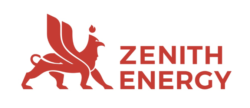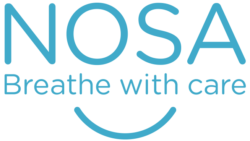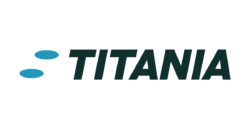Den 13:e augusti tillkännagav AcouSort via ett pressmeddelande att European Innovation Council (EIC) beviljat AcouSort och bolagets projektpartners i AcouSome-projektet 26 miljoner kronor i forskningsanslag för att utveckla ett akustofluidiskt tunnfilmsaktiverat chip för exosomseparation från blod. Av de 26 miljoner kronorna går 12,2 direkt till AcouSort och resterande del av finansieringen går till AcouSorts partners Lund Universitet, DTU och Day One. Projektet kommer att pågå 36 månader och finansieras fullt ut av EU.
”På AcouSort är vi mycket glada över att ha fått denna möjlighet att utveckla framtidens diagnostik vidare. Exosomer representerar en fantastisk och till stor del outnyttjad möjlighet att förse sjukvården med dramatiskt förbättrade diagnostiska verktyg. Långsiktigt utgör exosombaserad diagnostik en stor affärsmöjlighet för AcouSort. Om AcouSome-projektet blir så framgångsrikt som vi planerar för, kommer vi redan 2026 att ha tillgång till en forskningsmarknad som uppskattas till 661 miljoner USD. Därifrån ligger vägen öppen till den mycket större marknaden för exosombaserad diagnostik.”, säger Torsten Freltoft, VD för AcouSort.
”AcouSort visar än en gång hur skickliga bolaget är på att identifiera nya användningsområden för sin teknologi med potential att revolutionera patientnära testning (PoC). Forskningsanslaget där 12,2 miljoner går direkt till AcouSort är det största hittills i bolagets historia. Vidare är det mycket fördelaktigt ur ett finansiellt perspektiv då det stärker det bolagets nettokassa vilket minskar den finansiella risken, samt risken för en ofördelaktig nyemission de närmsta 12 månaderna”, säger ansvarig analytiker på Analyst Group.
Intervju med VD Torsten Freltoft
Can you tell us more about what you mean with exosomes and exosome-based diagnostics for someone uninitiated?
Exosomes and larger Extracellular vesicles are nano particles produced and emitted by living cells when communicating with other cells. They work as the freight and communication system of the organism – just like e.g., Post Nord and other carriers do for communication between people. Exosomes (30-150 nm large) are only for transmitting messages, while larger Extracellular Vesicles (150-1000 nm) may carry cargo produced in one type of cells for delivery to other cells. The messages that are carried by the exosomes reflect information about the condition and needs of the emitting cells.
The AcouSome project aims to develop a technology that separate exosomes from blood to enable robust and reliable exosome-based diagnostics. Could you describe more about how the idea to the project was born and how patients can benefit if the outcome of the project is successful?
Scientists around the world are working on analyzing the information carried by exosomes and trying to decipher the messages. An example may be for a cluster of tumor cells to send out exosomes with requests for more ‘building material’ since they are very busy multiplying to grow the tumor. The idea is that if doctors can get access to these exosomes and crack the code of the messages so to speak, then they will be able to diagnose future patients much earlier and much more precise than today.
Significant research has been done regarding exosomes and exosome-based diagnostics, but few practical applications have been developed. Could you provide a short description of why AcouSort’s technology (acoustofluidics) eventually can enable new applications, and how the technology differs from competing technologies for exosome-based diagnostics in simple terms?
It is correct that significant research has been conducted already, however only one diagnostic test for prostate cancer (based on exosomes in urine) has been approved by the authorities so far. Blood contains many more exosomes than urine, so the potential for extracting information from blood-based exosomes is much larger. However, today all methods for extracting exosomes from whole blood are manual and includes quite a few sub-processes often damaging or loosing part of the sample. The result is that the output is not very robust. At least not robust enough qualifying for approval as a diagnostic test.
Our AcouSome project will combine our AcouWash technology for blood-plasma separation with our AcouTrap technology for capture and processing of exosomes into one device. The use of this combined device enables automation thus potentially providing the robustness and efficiency required.
The specialist panel from EIC means that ”the timing is right in terms of the feasibility and the technological readiness” for AcouSort’s proposed solution. Could you elaborate on what they are insinuating?
I do not know exactly why the evaluation panel has this opinion, but I assume they refer to the fact that providing this improved robustness and efficiency is precisely what is needed to remove the current bottleneck in moving exosome-based diagnostics from research into real products.




